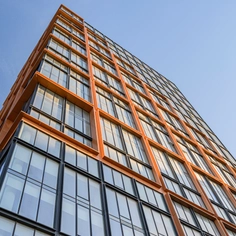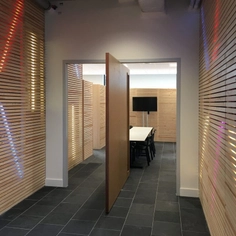Building an efficient and sustainable dwelling is now becoming easier than ever thanks to the wide variety of solutions and materials. However, renovating a home to become more sustainable and efficient is a little bit complicated. Cupa Pizarras offers here some tips to improve your housing project's efficiency and reduce its environmental impact.
- Orientation
The orientation of housing is very important to optimize your home efficiency. The ideal is to analyze the area to find out how to make the best use of sunlight and its energy. - Choose eco-friendly materials
In order to test the real environmental impact of a material, it is necessary to take into account the whole life cycle, including the possibility of being reused or recycled. - Renewable energies
The main objective of contemporary architecture is to enhance the use of the energies present in nature, allowing to obtain heating or hot water without the need to use conventional fossil fuels. One of the best ways to get it is using an invisible solar thermal roof such as THERMOSLATE®, which has been specially designed to respect the look of any property. These thermal panels take advantage of the properties of natural slate to transform the sunlight into energy to generate heating and hot water. - Good insulation
Energy efficiency has many benefits for homeowners: more efficiency means lower bills and lower cost of ownership. And greater energy efficiency translates to higher home value. A properly isolated dwelling avoids the losses of temperature in winter as in summer. Currently, one of the most effective insulation solutions is a ventilated façade. The combination of a rainscreen cladding system with an external insulation system gives any building an important acoustic and thermal insulation, as well as eliminating thermal bridges and condensation problems.
Besides avoiding future problems, choosing wisely the proper roofing material, improving the energy efficiency and using renewable energies can also add significant value to your property.
Benefits of Natural Slate
Cupa Pizarras CUPACLAD® rainscreen cladding systems in natural slate are a new alternative easy to install, resistant and sustainable. Independent studies performed internationally, such as by the Inventory of Carbon and Energy (ICE, University of Bath), highlight natural slate as the material with the least negative effects on the physical environment. The simplicity of its production process, which does not require chemicals or blast furnaces, makes it a sustainable alternative for any type of project.






























